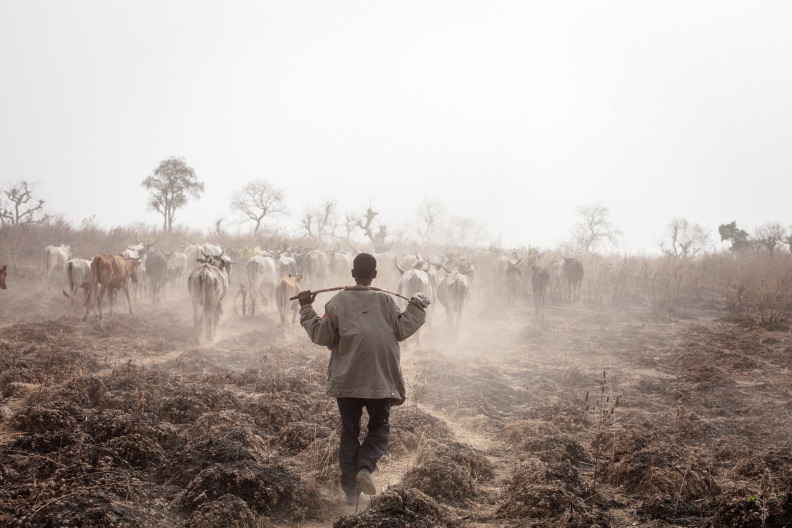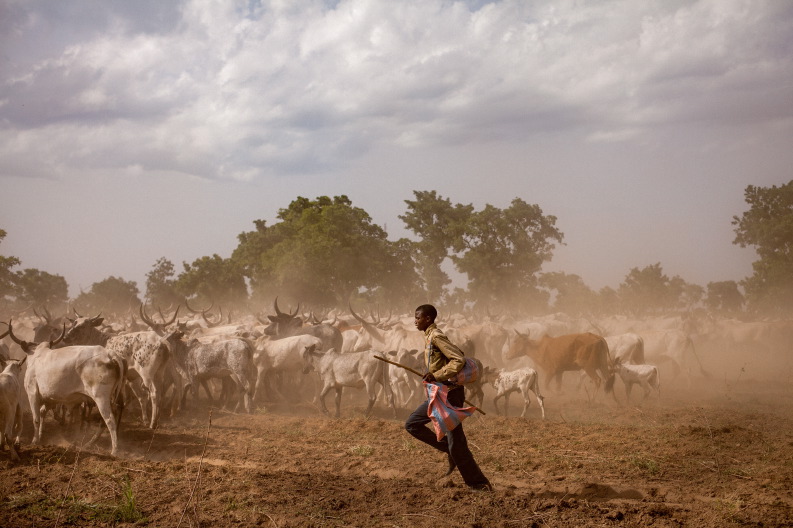During my last
workshop in Burkina Faso, a stakeholder category were pastoralist, this are livestock keeper that at least part of the year have migrating animals. In Burkina Faso, i went to have a mint tea with representative of the Peul community, one of the pastoral communities in Burkina Faso, in order to understand how they think and how we can somehow figure out how many animals they have.
 |
| the peul community discussing during the workshop |
Here is what i have learned :
Firstly Peuls will never about livestock numbers, this is a taboo as it is for western cultures to talk about salaries. This is out of fear to be taxed when crossing different countries with their cattle. It was therefore very difficult to ask them about livestock numbers.
However, they talk happily about what they define as troupeau. Though troupeau means herd in French, the word cannot be translated.
 |
| taken from http://tendancefloue.net/gillescoulon/series/transhumance/ |
This is why:
A Peul household is complex, as it is generally composed of a head of household with several wives who has several children. Every child at its birth is given a female cattle, and all its offspring will belong to the child when he or she marries. As a result, every animal has a clearly defined owner within the household and women own livestock too. We will refer to all animals that belong to any of the household member as the overall household herd.
 |
| Transhumances routes in Western Africa |
In order to manage risk, the head of the household split the overall household herd into different sub-herd, that the Peul refer to as troupeau, which will follow different transhumance routes with different herders (who can be a member of the family or hired). Also, different household may pool their different troupeaux to go on a transhumance route with the same herder. As part of a risk mitigation strategy, the Peul nowadays have what they call a “troupeau laitier” that is a troupeau of female animals that give milk and therefore do not go on transhumance. This allows part of the family, mainly women and children to live a sedentary life and live from the sale of milk.
Next to the dairy cows, the weak animals also remain at home, they will be fattened over a certain amount of months to be sold for meat. These animals are not considered as troupeau as they are very few and can be asked about the number of animals.
 |
| taken from http://tendancefloue.net/gillescoulon/series/transhumance/ |
What does this implies?





No comments:
Post a Comment